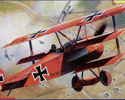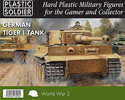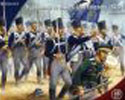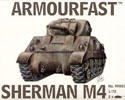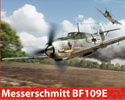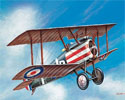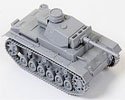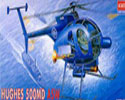The First World War - Battle Of Mons
The Battle of Mons
The Battle of Mons began on August 23, 1914. It was the first engagement between the German and British armies on the Western Front. The German First Army, commanded by General Von Kluck, had been advancing through Belgium towards Paris.
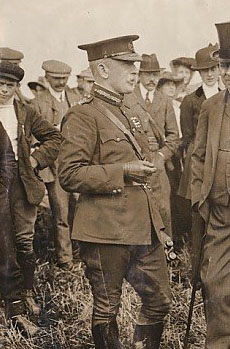
Sir John French, commander of the British Expeditionary Force in Flanders 1914.
The British Expeditionary Force, commanded by Field Marshal Sir John French, had landed in Flanders on August 14. On August 20, the same day that the Germans entered Brussels, Sir John French ordered the BEF to march north to meet up with the French Fifth Army under General Lanrezac at Charleroi on the river Sambre.
On the August 22 advanced British and German cavalry patrols made contact at Soignies. Unaware that he was vastly outnumbered with 70,000 troops against 160,000 German troops, Sir John French initially prepared to engage von Kluck's First Army. Once French had become aware of the numbers of troops ranged against him, and the recent German victories over Lanrezac's Fifth Army to the right of the BEF, French ordered his two infantry corps to take up a defensive position either side of Mons: II corps under Smith-Dorrien around Mons, I Corps under Haig, to the south east and the 19th Independent Infantry Brigade covering the west flank. The cavalry division under Edmund Allenby was held as reserve. His intention was to hold Mons for 24 hours to give Lanrezac time to withdraw.
The most defensible feature was the Canal du Centre that ran around the north of Mons, forming a salient, then east from Mons in a straight line for several miles. The BEF concentrated their forces around the bridges over the canal to deny them to the enemy. The Engineers were ordered to prepare the bridges for demolition.
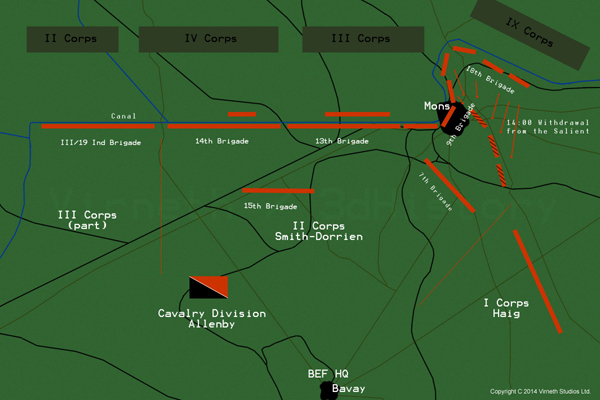
On August 23 1914 the vastly outnumbered
British Expeditionary Force took up
a holding position
at Mons .
The Mons Salient
Around 9:00am, on August 23, the German artillery opened fire followed with an assault by the German 18th Infantry Division on the salient around Mons. The attack was met by only four companies of the 4th Royal Fusiliers and 4th Middlesex Regiment, who opened rapid fire on the advancing closely packed columns of German Infantry, taking a dreadful toll. This was followed with another attack by the 18th Division, supported by the 17th Division, this time in extended order. This attack was thrown back too, but with mounting casualties to the British. The Germans then changed tactics and attacked in small groups of infantry that infiltrated the British positions. By mid-morning the British were forced to fall back.
To the right of the salient, the 1st Gordon Highlanders and the 2nd Royal Scots were defending la Bois Haut against the 17th Division, who were trying to turn the British flank. Once more a combination of rapid rifle fire and artillery support decimated the German troops. By 2:00 pm the British Infantry in the salient, having suffered heavy casualties, were forced to retire, covered by the 1st Lincolns.
The west flank along the Canal
To the west of Mons the German 6th Division was repulsed by heavy concentrated fire from 1st Northumberlands and 1st Royal Scots. Further west the 1st Royal West Kents faced the 12the Brandenburg Grenadiers of the German 5th Division. From the cover of a glass factory north of the canal the West Kents repeated the story that was unfolding elsewhere, rapid rifle fire decimated the Brandenburg Grenadiers. To the west of the West Kents, at Le Herbiéres, rapid rifle fire from the the 2nd Kings Own Borderers and the 1stEast Surreys massacred the close packed ranks of the German 52nd Infantry Regiment. Finally, late in the afternoon, at the western end of the British line the 1st Duke of Cornwall's Light Infantry repulsed the German 7th and 8th Divisions, again inflicting heavy casualties on massed German ranks.
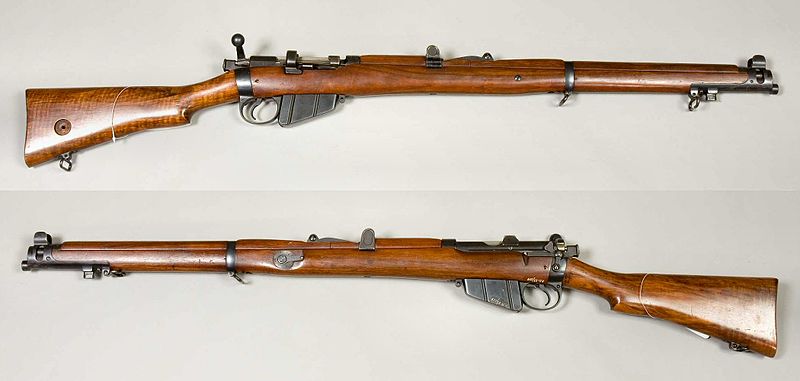
The SMLE .303 Lee Enfield rifle. The British
Infantryman was trained to fire 15 aimed
rounds a minute, (the Mad Minute)
but most could achieve much better than this.
The results, from the German
perspective, was machine gun fire!
La Bois Haut
The last action of the day was around La Bois Haut when the Germans launched another assault against the 1st Gordon Highlanders and the 2nd Royal Scots. German troops had succeeded in getting behind the British and ambushed the 23rd Battery of the Royal Artillery as it fell back. A counter attack against the German 75th Infantry Regiment by the Royal Scots and Royal Irish Rifles once more inflicted heavy casualties and the German assault was repulsed.
Withdrawal
Towards the end of the day the individual British units had been steadily falling back to a prepared line as their positions became untenable. At the sound of bridges being blown up the British abandoned the canal line and retired to a new shorter line further back. By the last action around La Bois Haut the Germans had decided that enough was enough and the British withdrawal was relatively unchallenged.
Conclusion
The brunt of the British action at Mons was by Smith-Dorrien's II Corp that, for the loss of nearly 1,600, inflicted a loss of between 6,000 to 10,000 on the German units. The rapid rifle fire of the British infantry was thought by the Germans to be machine gun fire. It is evident in correspondence that the consensus of the German army was that it was unbelievable such a little force, that previously attracted nothing but contempt by the German military, could have caused such a terrible loss and thwarted the advance of the strongest of the German armies in Belgium.
Despite holding out for 24 hours, and inflicting such a disproportionate number of casualties, it was obvious that the BEF could not remain in their position. With the withdrawal of Lanrezac's 5th Army on the right flank and a relatively exposed left flank Sir John French had no choice but to order a retreat. Von Kluck, the German First Army commander, thought that the BEF would retreat towards the channel ports and ordered his cavalry to probe in that direction, a significant move that would cost Von Kluck a chance of destroying the BEF later on. The BEF was ordered to fall back south to Le Cateau.
